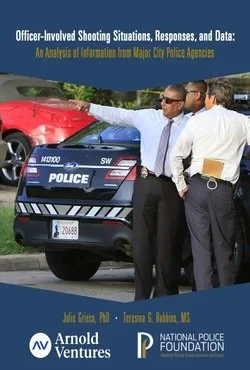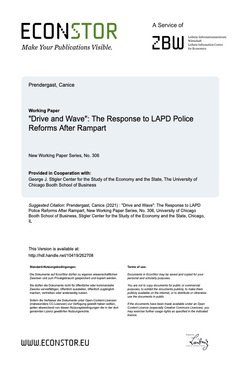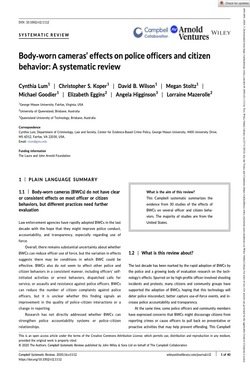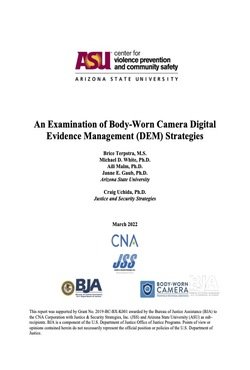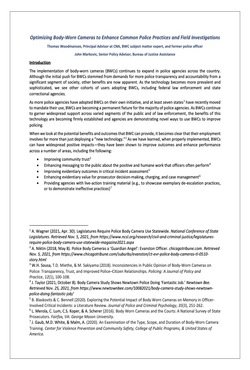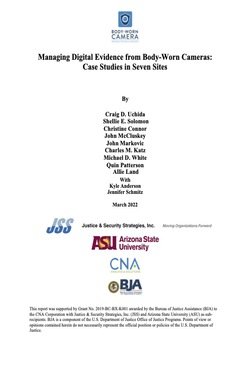By Andrew Bacher-Hicks and Elijah de la Campa
In an effort to thwart crimes in progress and deter future incidents, police in the US conduct
millions of civilian street stops each year. Though this practice is commonplace in most large
urban police departments, little is known about the net impact of this strategy on crime. This
paper exploits the naturally-occurring movement of New York Police Department commanders
during the height of New York City’s Stop and Frisk program to estimate commanders’ effects on
civilian stops and their subsequent impact on crime. We generate predictions of commanders’ effects on stops in a precinct, conditional on neighborhood demographics, crime rates, and policing strategies. Commanders’ effects—estimated using data only from tenures in prior precincts—are highly predictive of observed stops in new precincts, which highlights the transferability of commanders’ tactical preference for stops. We find that a high-stop strategy decreases misdemeanor crime within a precinct, but has no effect on more serious felony offenses. Moreover, we find suggestive evidence that the decrease in misdemeanor offenses is partially offset by crime displacement to adjacent neighborhoods. We conclude by demonstrating that commander stop effects are uncorrelated with their effects on other proactive policing strategies, and that commanders trade off their ability to build police legitimacy in the community with their preference for stops. Contrary to broken windows theory, our findings suggest that stop and frisk tactics do not deter more
-
serious criminal behavior, and thus, police should consider alternatives to strategies that emphasize the proactive enforcement of low-level offenses.
Unpublished paper 2020. 71p.




